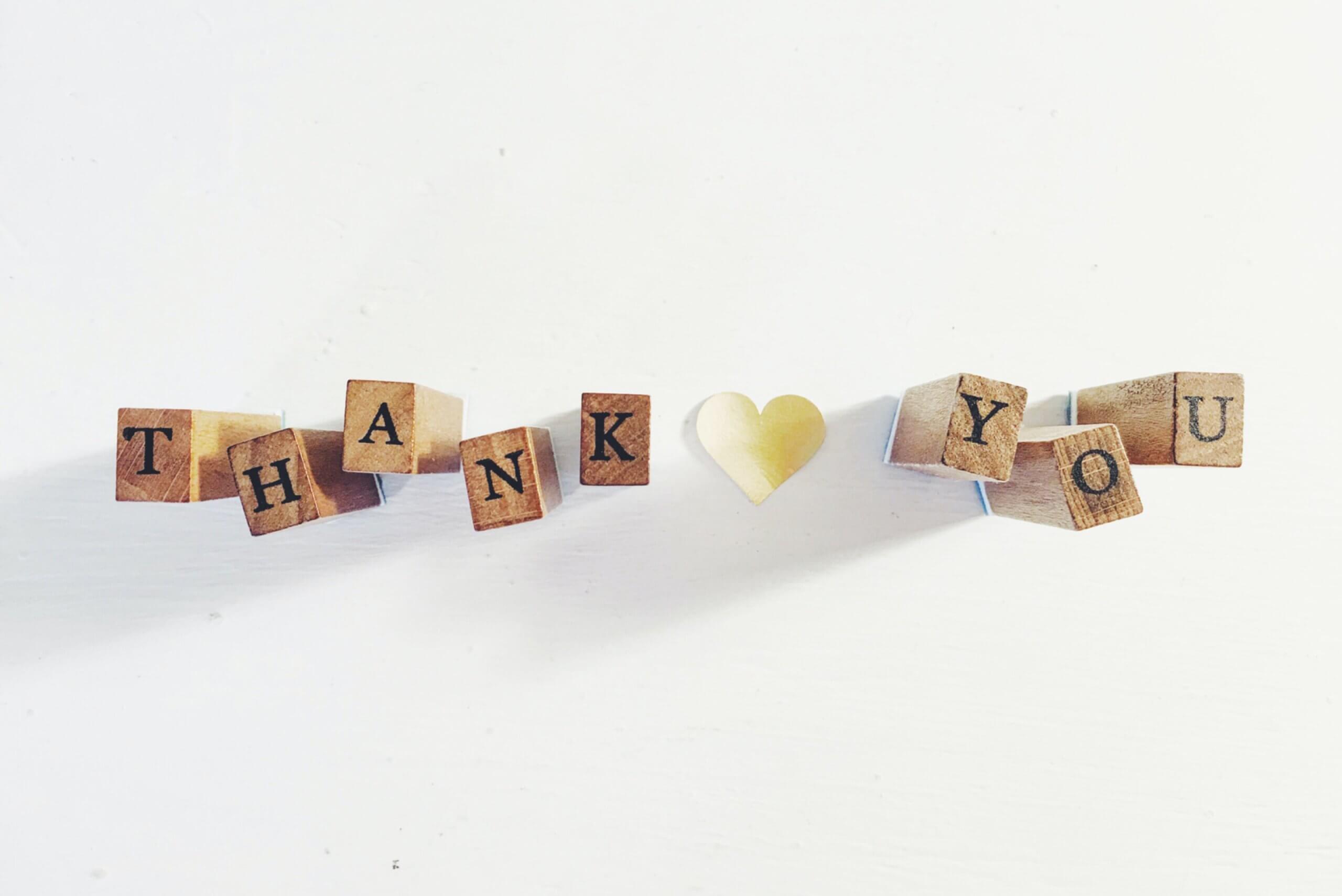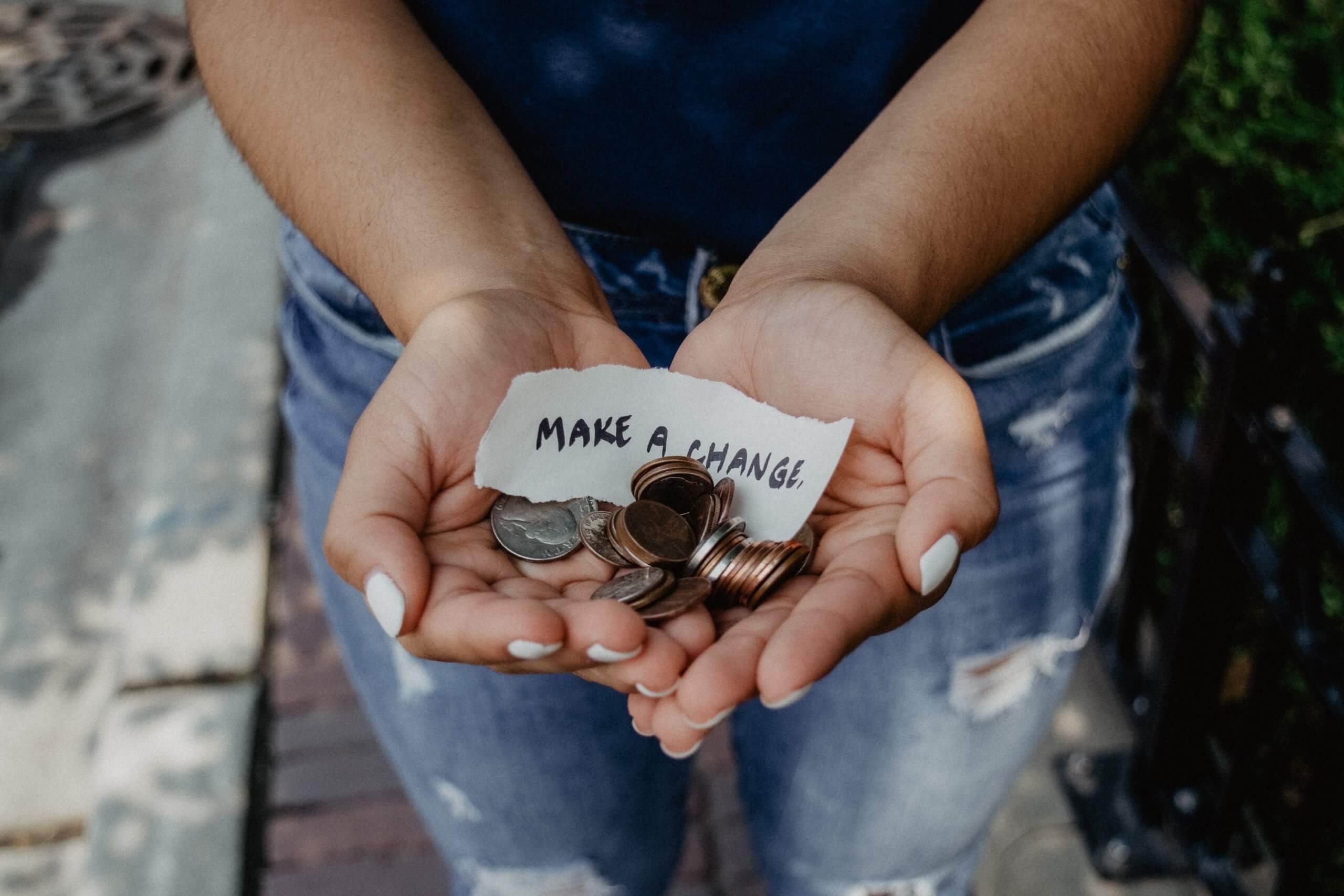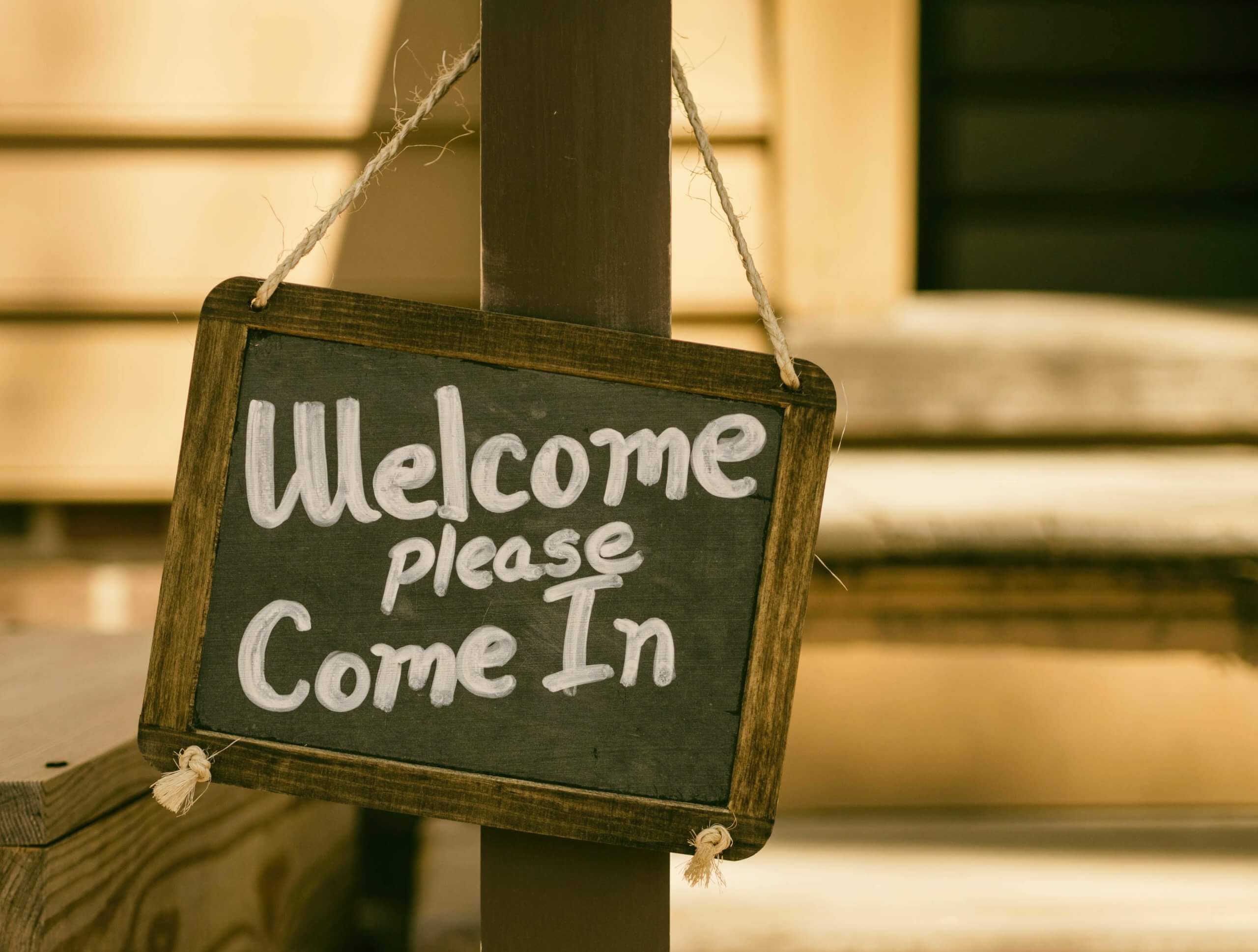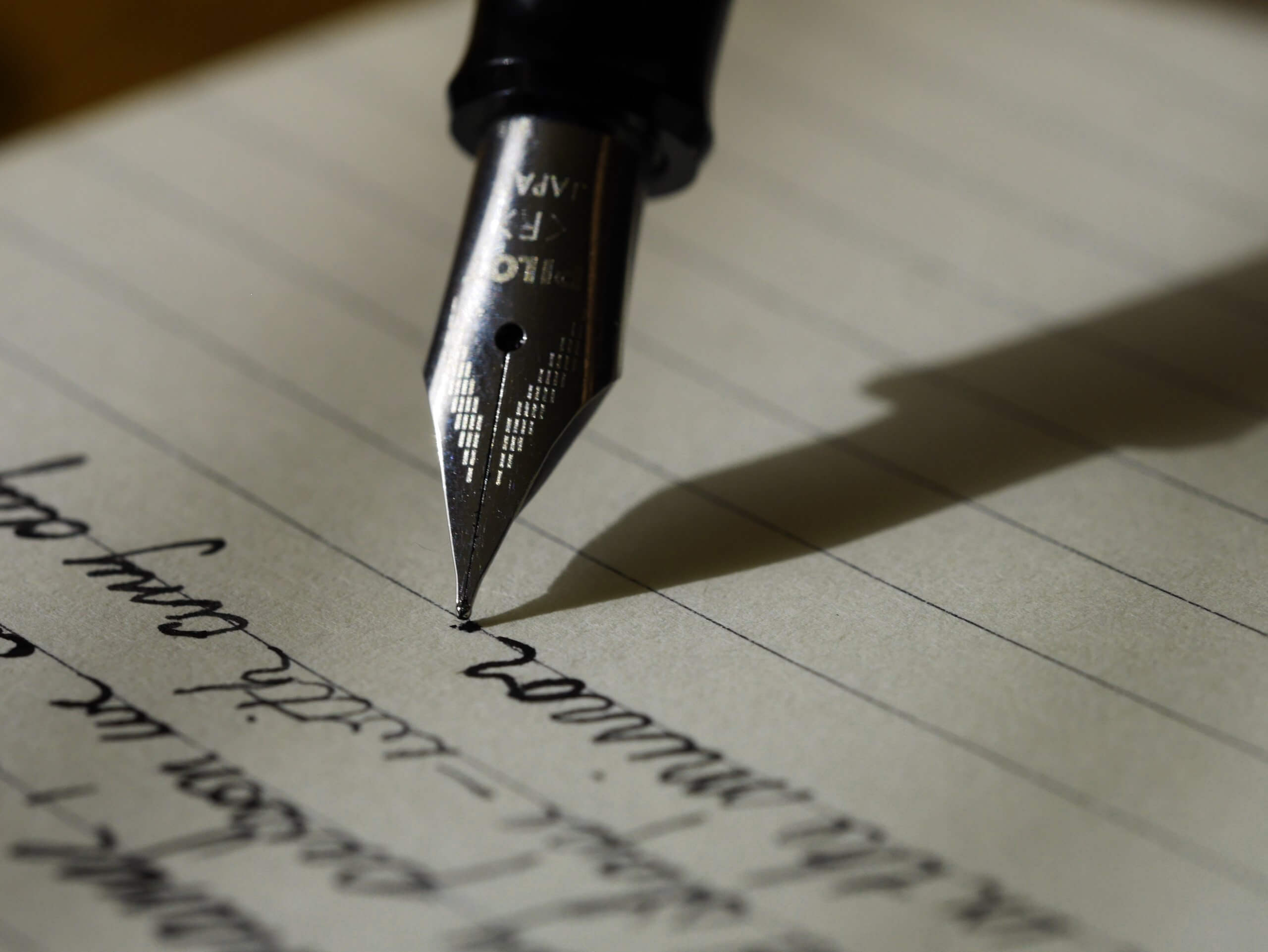It isn’t always what you say that matters nearly as much as how you say it. That is something businesses, charities, non-profits, and individuals need to understand when it comes to saying “thank you.” To give you some help, here are six methods that can completely transform the way you say thank you to others, setting the stage for more robust, more meaningful relationships.
1. Send Handwritten Thank-You Cards
It’s just two little words. But saying “thank you” can shape the scope of future relationships, business partnerships, and friendships. In other words, saying thank you mattress – much more than you may realize.
This is why handwritten thank-you notes carry so much weight in our almost fully digital world. Not convinced? Here are a few reasons why it’s better to send handwritten thank-you notes than their digital equivalent:
- In a digital world, handwritten notes and messages stand out.
- Taking the time to write the message makes it look and feel more personal and heartfelt.
- Carries more meaning to those receiving the thank-you message.
- A handwritten note comes across as more thoughtful on your part.
As you can see, there is a lot to love and appreciate about the beauty and benefit of sending handwritten thank-you notes to customers, donors, business associates, and those who have given you gifts or to whom you are grateful for any number of reasons. They can make a world of difference in job interviews, scholarship applications, and so much more.
2. Be Specific About Why You are Thanking Them
Brevity may be the soul of wit, at least according to Shakespeare. But it is specificity that is the soul of gratitude. Be specific about why you are sending a thank-you card if you want your card to carry more weight and meaning to those receiving it.
If you’re thanking donors, mention the specific monetary donation, donation of time, or donation of items (dog food to animal shelters, for instance).
If it is for your business, mention specific details to make the message meaningful and ensure that those receiving your thank-you message understand it was intended for them, for their particular gift, and not a blanket response sent to everyone.
The goal of handwritten notes when email and form letters are so predominant is to make those receiving the notes feel special and appreciated. Make sure the content of your letter or message serves that purpose. Specificity helps.
3. Include Something Extra
This is your opportunity to really stand out and be memorable when sending thank-you notes to your target audience. It doesn’t have to cost you much at all, other than a bit of time and creativity to send a little something extra, but it can carry a world of meaning to the person receiving your thank-you message.
For instance, businesses might send a gift for a specific discount, free shipping, or some other perk concerning future orders. Or, you could send a particular item you offer or a promotional product you reserve for VIP clients, trade shows, expos, and other similar events. The nicer the item, the more weight it will carry when it comes to being memorable. However, you do not have to spend loads of money to make your message feel heartfelt.
For non-profits and charities, that little something extra can include photographs of their donation dollars in action. Whether it is photos of wells being dug for clean drinking water, children being educated around the world, gift bags for cancer patients, or something else entirely, people love to see their good deeds in action. Use this as an opportunity to show them the results of their donations.
4. Address Recipient by Name and Include Personal Details (If Possible)
Relationship-building is vital in the world today. Relationship marketing is undoubtedly a valuable tool for marketing goods and services. It is an essential tool when working with donors for charitable organizations or non-profits.
It is a two-way street, though: you have to get to know the people who support your business or cause – and you must allow them to get to know you.
Make your thank-you notes personal by addressing them by name and revealing personalized details about why their gifts, time, talent, donations, help, etc. are so meaningful to you on a personal level. It may be business for you, but it is often personal for them. Giving them a little bit of yourself in return helps them feel engaged in the process and better inclined to participate again, whether through donations, purchases, or some other method.
5. Communicate Your Gratitude
This one is a little more difficult for the average person. However, it is something that will transform the way you say “Thank you!” It will also kick the impact of your thank you message up a notch or two to those who receive the message.
Saying “thank you” is important. However, when you make them understand how truly grateful you are and the other person’s impact on your life, business, cause, etc., the message becomes more meaningful. They feel your gratitude because they understand better what their gift, time, attention, purchase, or donation meant to you.
When people feel appreciated for their efforts, no matter how large or small, they are more likely to go out of their way to make an effort again. In many cases, they will even double their efforts in the feature because they felt your gratitude and appreciation.
6. Showcase Your Personality
Another great thing about a “Thank you!” note is that it is a more informal means of communication. That allows you to showcase your personality a little. Whether you (and by extension, your business or organization) have a fantastic sense of humour, are a little bit of a geek, or are a total nerd at heart, let your personality shine when sending thank-you notes. This helps your audience feel a greater kinship with you and aids in the relationship-building process. The more of your personality they see, the better it is for your future interactions.
Now all you have to do is get started. Our writing services help will take your “thank you” notes to the next level. We can help you write authentic handwritten thank-you notes at scale that stand out from the crowd and make an impression with your audience. Contact us today to learn more.






